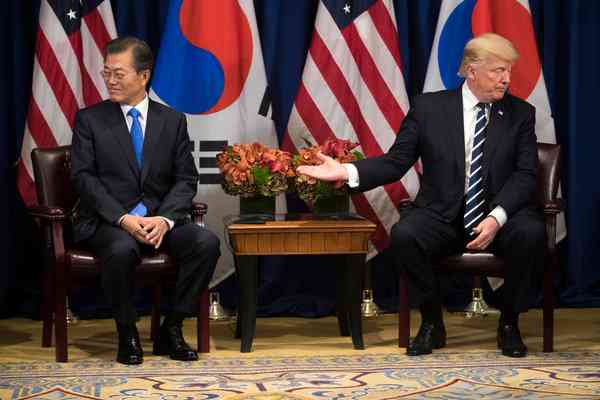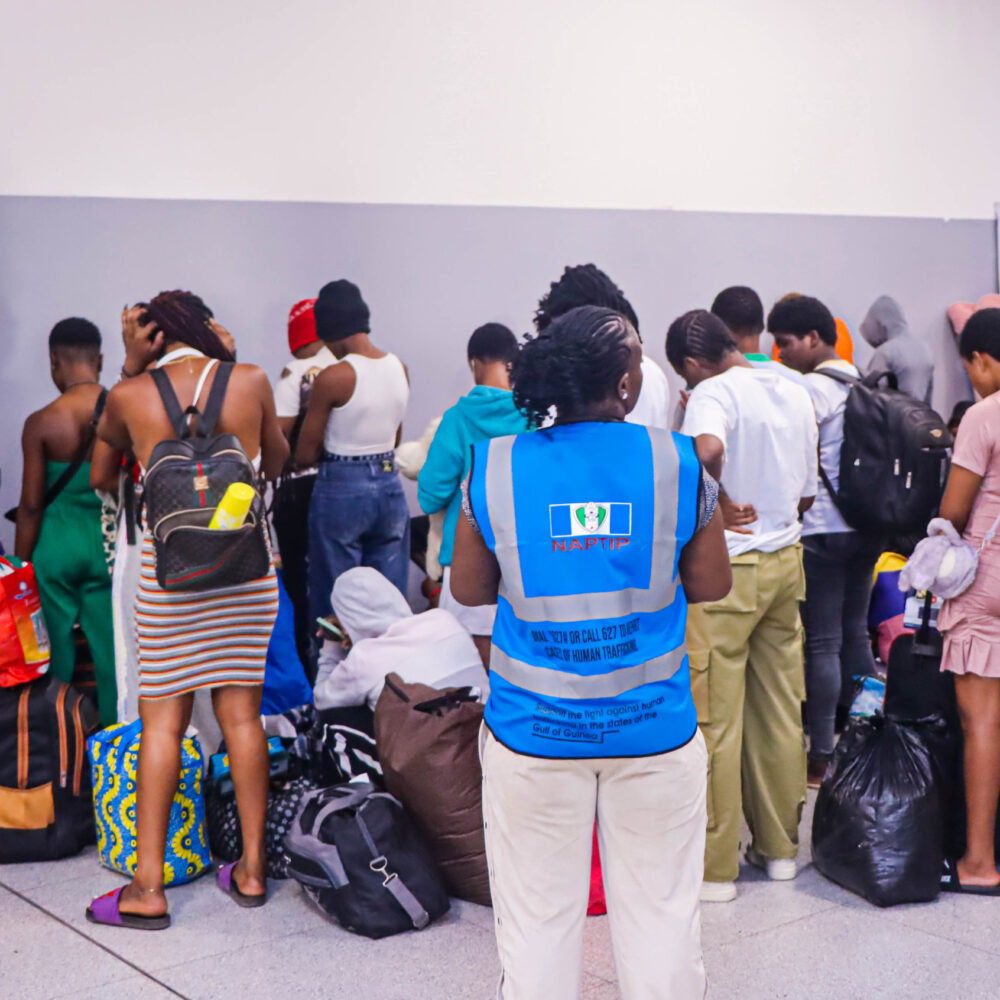WASHINGTON — The Trump administration and South Korean officials met in Washington on Friday to begin formally renegotiating a free-trade pact that has served as a source of conflict between the two allies. The meeting came at a moment of heightened tension on the Korean Peninsula and unease in the broader region.
The countries focused on their main areas of interest, with the United States emphasizing trade in automobiles and what it considers various barriers to exports, American negotiators said. “We have much work to do to reach an agreement that serves the economic interests of the American people,” Robert E. Lighthizer, the United States trade representative, said in a statement after the meeting.
President Trump has called the six-year-old agreement a “horrible deal” for the United States and has pledged to rework it. Over a series of meetings in the coming months, American negotiators hope to further open Korean markets to American cars and to smooth irritants in the trading relationship.
But clashes over trading terms could risk dividing the longstanding allies at a critical time, as North Korea seeks to drive a wedge between South Korea and the United States, analysts say. North Korea restored a
cross-border telephone hotline with its southern neighbor on Wednesday, just one day after Mr. Trump said he had a “much bigger” nuclear button than the one North Korean leader, Kim Jong-un, had boasted of having on his desk.
“The reality is, it’s a fraught moment between the U.S. and South Korea in terms of their alliance,” said Sue Mi Terry, a senior fellow at the Center for Strategic and International Studies. Renegotiating the deal at this juncture “is going to widen the gap between Seoul and Washington,” she said.
The Trump administration’s approach to trade has also caused consternation in the wider Pacific region at a time of geopolitical unease.
The White House is emphasizing trade deals with specific countries rather than broader economic alliances. The approach counters efforts by the Obama administration, which sought to tie countries on both sides of the Pacific Ocean together under the Trans-Pacific Partnership. It also comes as China moves to piece together a sphere of influence through regional trade agreements and infrastructure projects.
Since withdrawing its support for the T.P.P., the Trump administration has sought trade concessions from Japan. But Japan has focused on a version of the T.P.P. that does not include the United States and has expressed an unwillingness to settle for a narrower trade deal.
With South Korea, the White House’s overarching goal for renegotiating the trade pact is to reduce America’s trade deficit, which was $17 billion in 2016. But analysts view such a goal with skepticism, saying that the tendency of the United States to import more than it exports is linked to larger economic factors like saving and spending rates, not the terms of trade agreements.
Each side was likely to look to the other on Friday to articulate their goals for the renegotiation, said Wendy Cutler, the former chief United States negotiator for the deal. The United States will probably focus on areas of the agreement that it believes have not met its expectations, Ms. Cutler said, including trade in automobiles and, potentially, financial services and procedures related to importing goods.
She noted that the Trump administration had not notified Congress of its intention to renegotiate the agreement, something that is required before substantial changes are made. That may suggest that the United States is not seeking to significantly alter the terms of the deal or that, although it is seeking changes from South Korea, it is not willing to make big concessions itself.
The United States Korea Free Trade Agreement, America’s largest trade pact after the North American Free Trade Agreement, was negotiated during the President George W. Bush’s administration and signed by the two countries in 2007. It set off enormous protests from Koreans in 2008 over concerns about the safety of imported goods, such as beef. And it was not ratified by Congress until 2011, after President Barack Obama reworked the pact.
The agreement took effect in March 2012, cutting almost all tariffs and many other trade barriers between the countries. The deal opened South Korea, now the United States’ seventh-largest export market for goods, to imports of American agriculture, services and investment, and the American market to Korean cars and other manufactured goods
like washing machines.
Trade officials estimated in 2007 that the lower barriers to trade under the agreement would increase annual exports of American goods by up to $11 billion, a claim that Mr. Obama repeated.
But, as the Trump administration has argued, that did not happen.
“Since KORUS went into effect, our trade deficit in goods with Korea has doubled from $13.2 billion to $27.6 billion, while U.S. goods exports have actually gone down,” Mr. Lighthizer, said in a statement in July. “This is quite different from what the previous administration sold to the American people when it urged approval of this agreement. We can and must do better.”
Much of the American trade deficit in goods with Korea is generated by automobiles, a key reason cars will probably be a primary focus of the talks. Korean car brands like Hyundai and Kia are popular in the United States, but American carmakers have struggled to gain as much ground in South Korea as their European and Asian competitors.
The trade picture looks more balanced when factoring in services. In 2016, the United States had a $27.7 billion trade deficit in goods with Korea, but a $10.7 billion surplus in services — about a third higher than before the agreement entered into force.
Caroline Freund, a former senior fellow at the Peterson Institute for International Economics, said that changes to the agreement could potentially reduce the bilateral trade deficit the United States runs with South Korea. However, any changes are unlikely to have any significant impact on the overall trade deficit that the United States runs with the rest of the world, she said.
James W. Fatheree, the vice president of Asia for the United States Chamber of Commerce, said the trade deficit was a “flawed metric” for measuring the success of the deal and that many in the business community support the deal because it had been good for their industries.
Mr. Fatheree said the Koreans had fallen short of putting into effect some areas of the agreement, but he pointed to high levels of American good exports to Korea in 2017, substantial gains for American agriculture and rising service exports. “We want to make sure we keep the agreement intact,” he said.
New York Times





